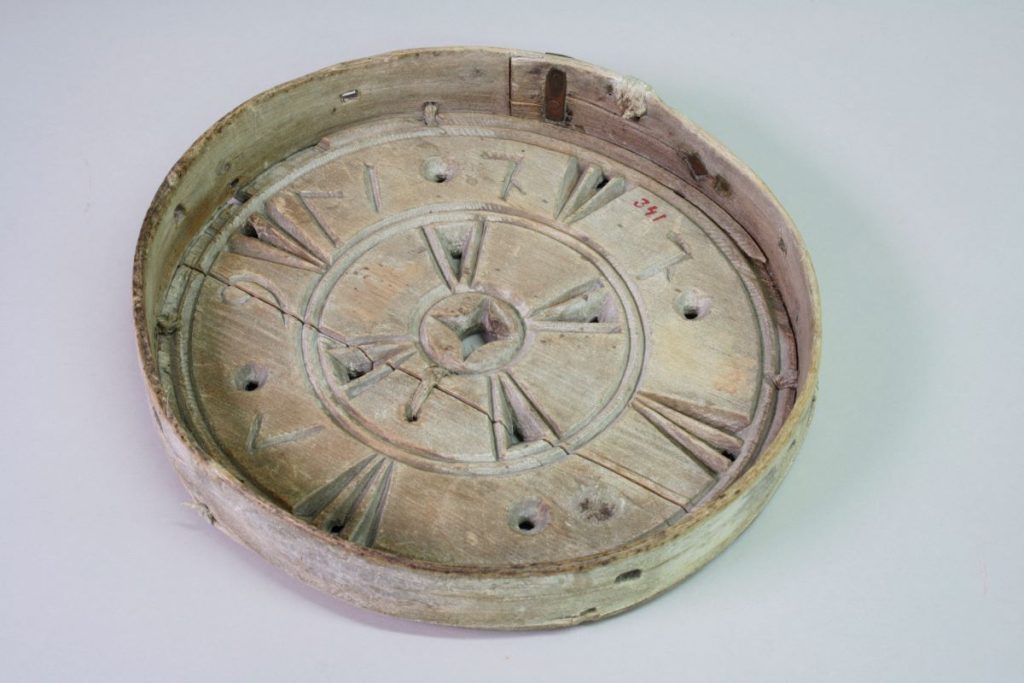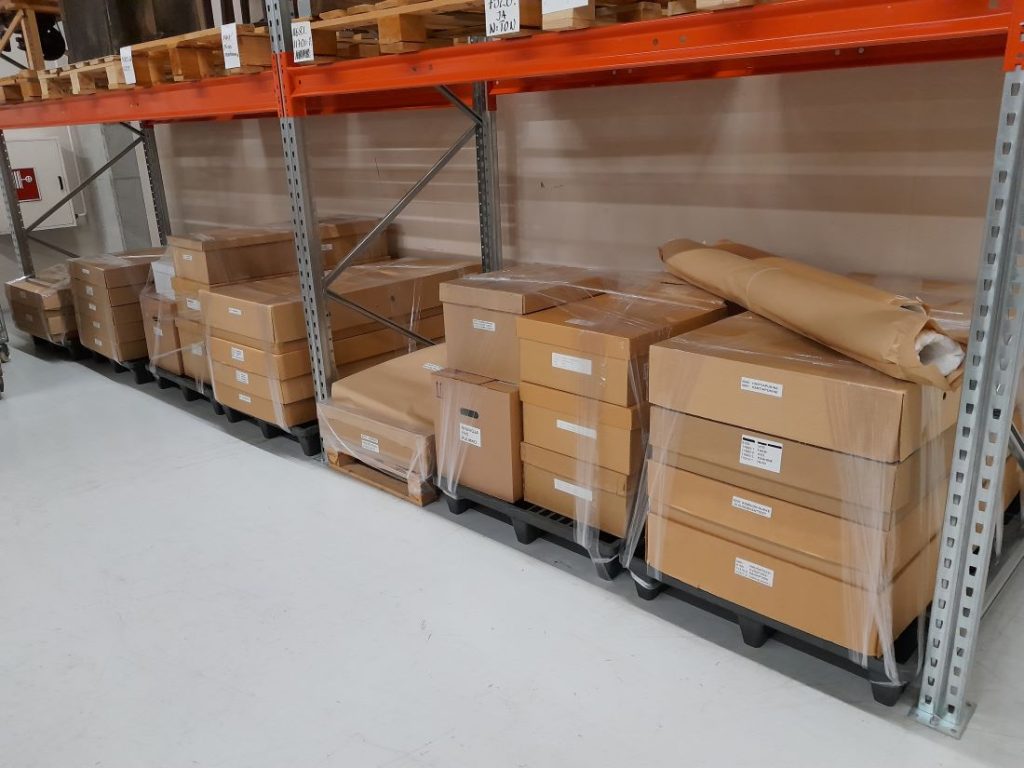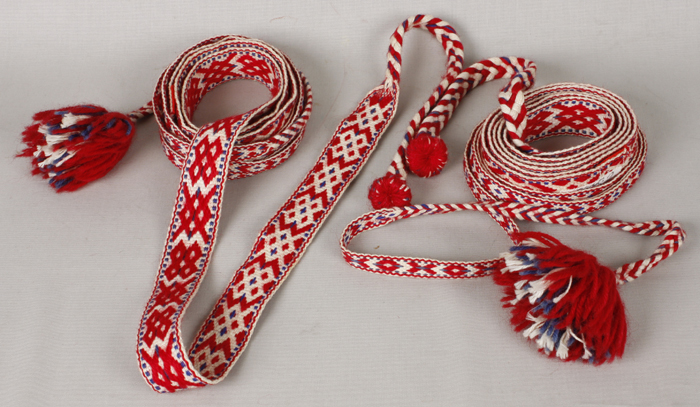Northern Ostrobothnia Museum is donating its Sámi objects to the Sámi Museum Siida.
The Sámi Museum Siida is the national museum with the responsibility for preserving the material and cultural heritage of Finland’s Sámi people. The Sámi objects in the Northern Ostrobothnia Museum’s collections were mainly acquired between 1900 and the 1960s with the last ones added to the collections in the 1980s.
The first part of the donation, which includes the textile items of the collection, will be transferred to representatives of the Sámi museum in the collection facilities of the Northern Ostrobothnia Museum on Tuesday, 16 January 2024.
– As the new collection and exhibition facilities of the Sámi Museum Siida are now completed, this seemed like a good time to donate the objects of Sámi origin back to the Sámi community, says Pasi Kovalainen, Director of Cultural heritage work at the Northern Ostrobothnia Museum.
– The Sámi objects and their return have a profound meaning for the Sámi community. The donation is a significant addition to the oldest part of the Sámi Museum Siida’s collections. We thank the Northern Ostrobothnia Museum for this important decision, says Taina Pieski, Siida’s Museum Director.

The cheese mold from 1797 is from Enontekiö and it is one of the oldest items in the collection. Photo: Maisa Lukkari
The collections of the Northern Ostrobothnia Museum that include objects of Sámi origin date back to the early days of the only professionally run museum in Northern Finland. The objects were collected by Samuli Paulaharju (1875–1944), a folklorist and museum curator from Oulu. The collection was destroyed almost completely by two fires in the museum buildings in 1929 and 1940. After both fires, replacement items were collected in Lapland.
The collection of approximately 400 items now donated consists of Sámi textiles and utensils, including a goahti (traditional Sámi hut) and several sledges. The oldest items include a cheese mould from Enontekiö dating back to 1797 and rare crossbow stocks, the oldest of which dates back to 1730.
As a large part of the Sámi cultural heritage is still held by museums outside the Sámi region, the transfer of the collection is important for the Sámi community.
The Sámi material culture is both practical and beautiful in its diversity, and the museum objects contain a wealth of intangible knowledge about their manufacture and use. This knowledge is best preserved in Sápmi by the Sámi themselves. Through the study of artefacts, it is possible to revive the old craft traditions and techniques of the Sámi community, knowledge of materials and the vocabulary related to the production and use of the objects. The revitalisation processes are a form of communal and intergenerational transfer of learning and knowledge, and they contribute to the transmission of Sámi material and immaterial culture to future generations.
The transfer of Sámi collections to the Sámi Museum Siida over the past decade is a concrete demonstration of genuine cooperation between museums and the increased understanding of the importance of cultural heritage for the Sámi community.
For further information, please contact:
Pasi Kovalainen, Director of Cultural heritage work, tel. 044 7037151
Eija Konttijärvi, Chief Curator, tel. 044 7037184 and Maisa Lukkari, Curator, tel. 044 7037183
Taina Pieski, Museum Director, tel. 050 5351574 and Marjo-Riitta Rantamäki, Curator, tel. 040 571 5670

The packaged Sámi textiles are waiting for departure in the storage. Photo: Maisa Lukkari
